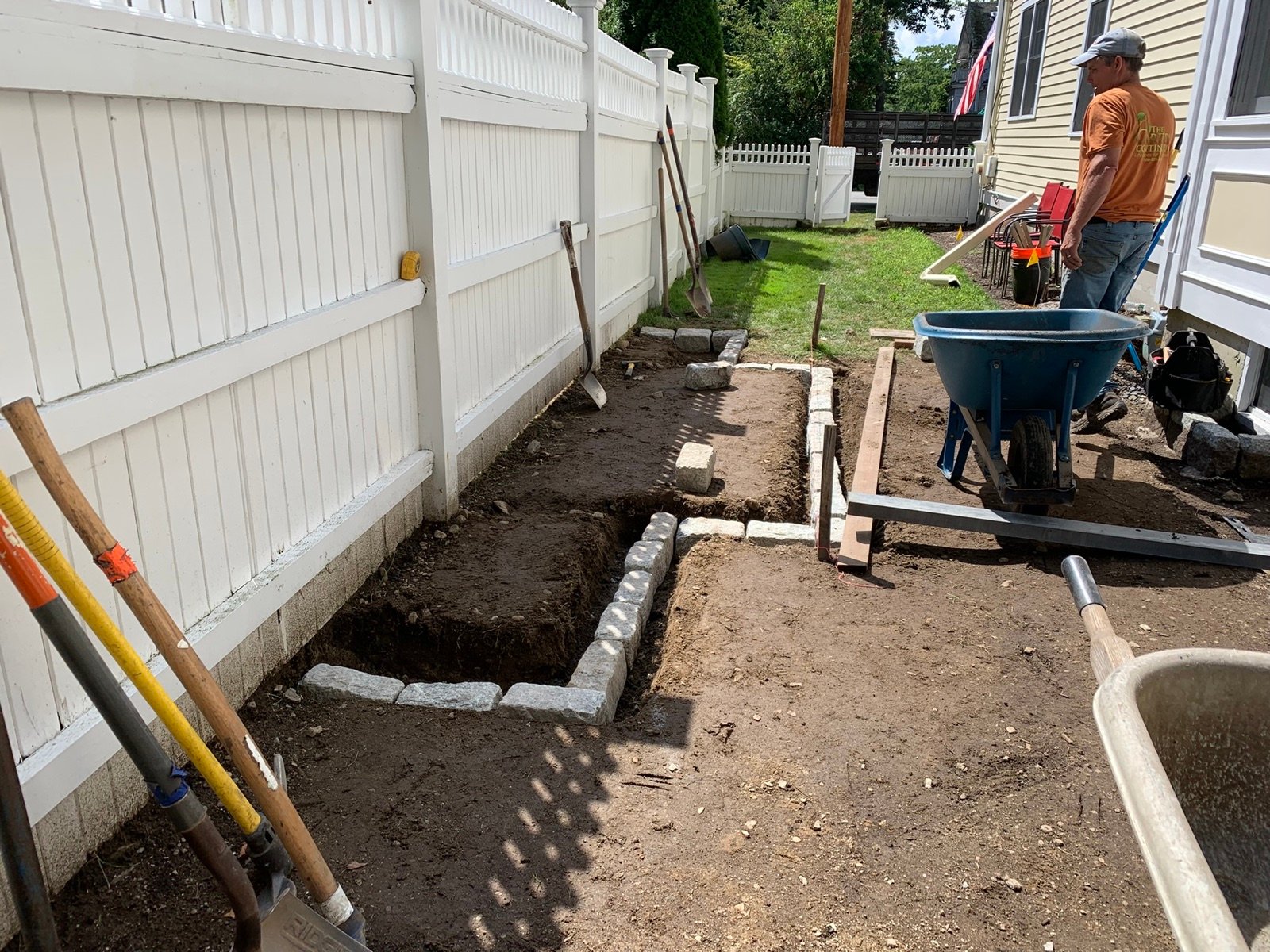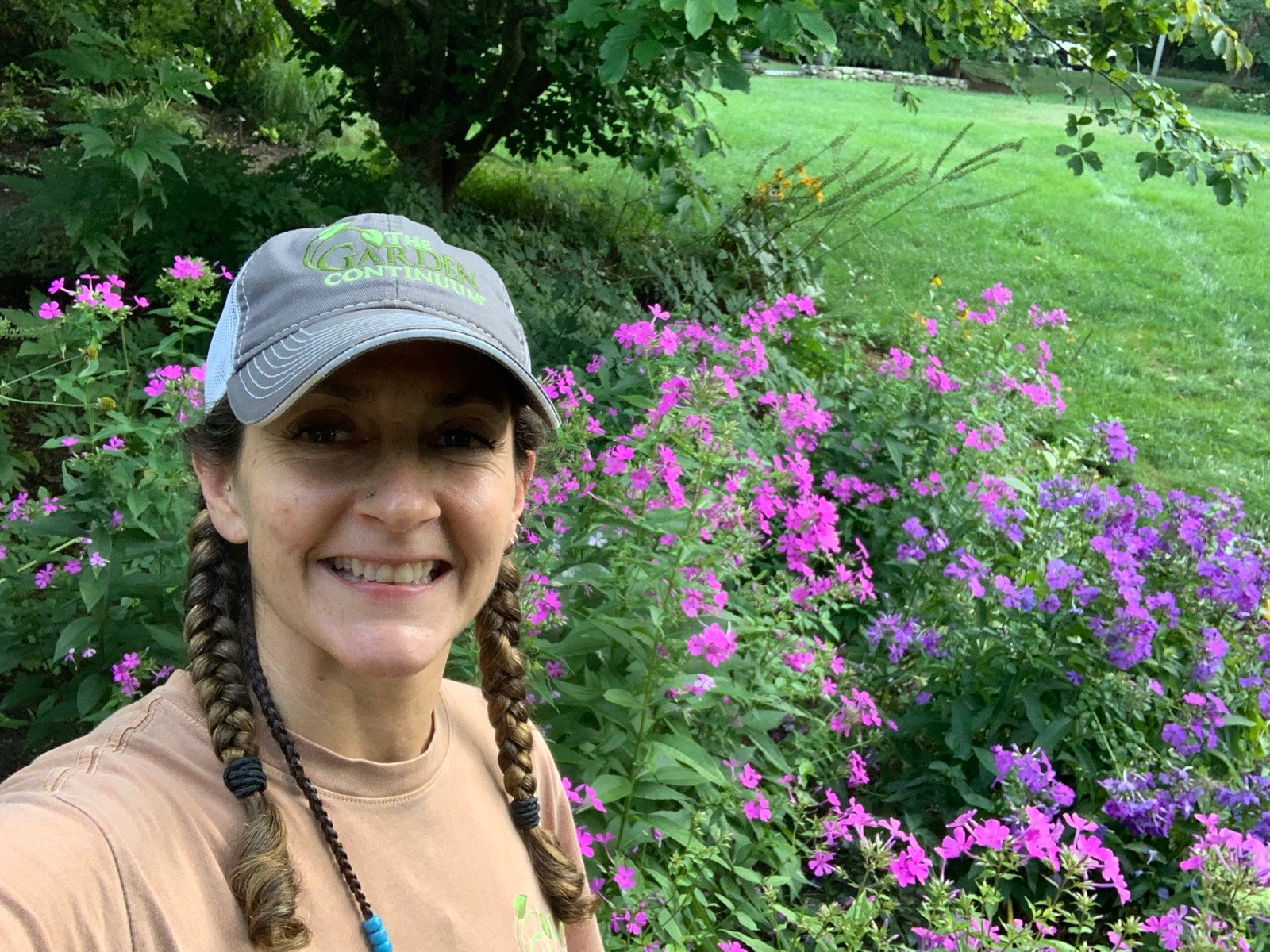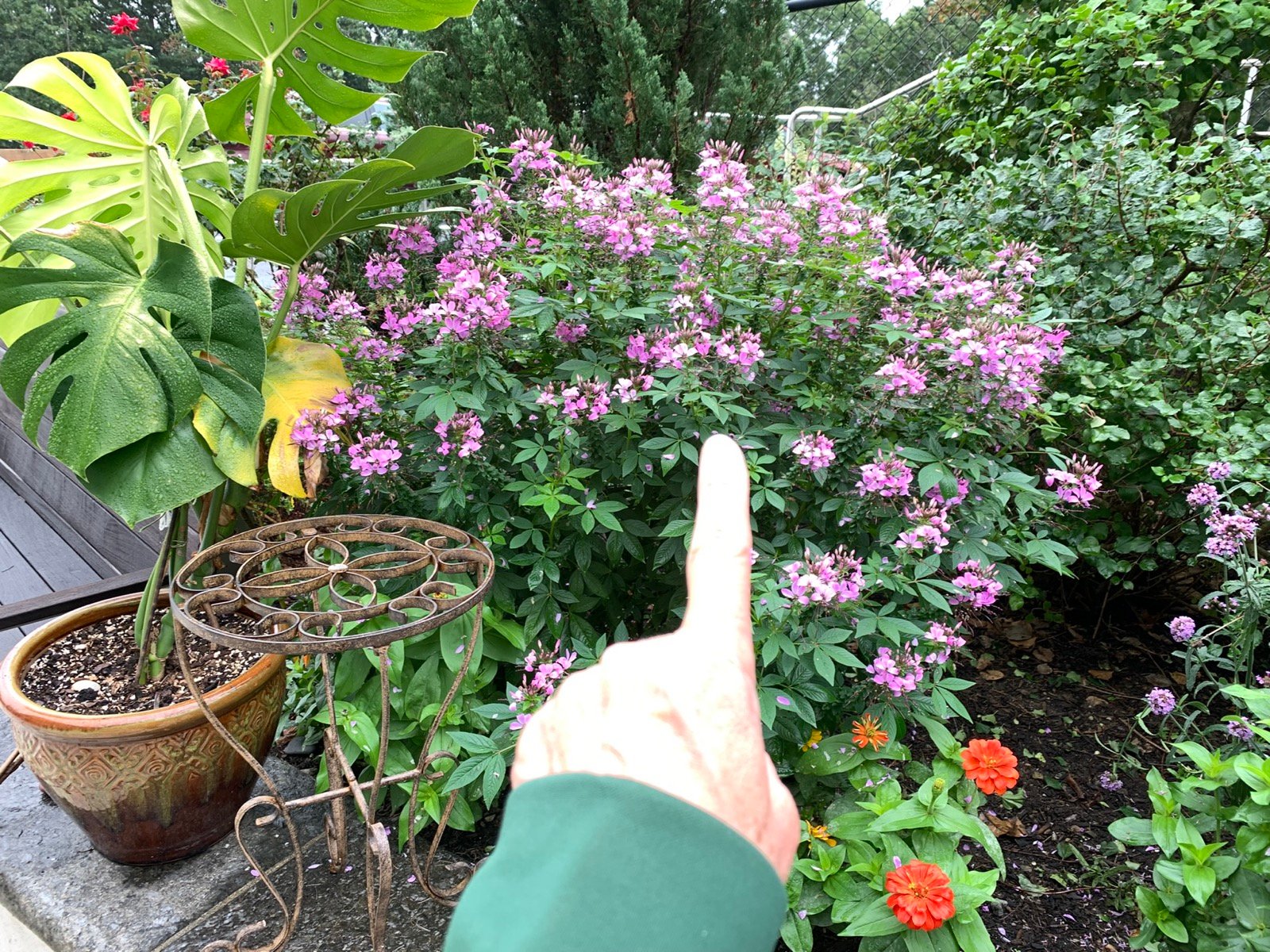If we asked you what our most valuable tool is, what would you say?
Maybe a sharp trowel? Pruners? How about a Hori-Hori?
True, these tools help us get the job done, but there’s something in our bags that sets us apart from the average gardener.
Give up? It’s our gardeners’ journals. I mean, I’ve already forgotten what I had for breakfast yesterday. How could I ever trust myself to remember the trials, tribulations and successes of last year’s garden. The miserable fact is, I couldn’t.
The only way to truly sharpen your gardening skills is to be intentional about the learning process. Documenting what you did and when you did it will create a repository of information that can be referenced for years to come.
Pen and Paper or Keyboard and Screen? Choosing the Best Format for Your Garden Journal
Start thinking about whether you want to create a digital or handwritten journal. Both types of journals have benefits so your decision ultimately depends on what feels most comfortable to you.
Here are a few things to consider.
A digital journal can offer several advantages. First, it’s easily searchable so you can quickly find information on specific plants, techniques or projects. Second, you can easily add photos and other digital media to your entries, which can help you document your garden’s progress visually. Third, a digital journal can be accessed anywhere and from multiple devices so you can update it from your computer, tablet or phone.
Writing by hand, however, can be a meditative and reflective experience, and it may help you to connect more deeply with your garden. Additionally, a handwritten journal can serve as a keepsake or heirloom that can be passed down through generations or to the future owners of your home.
Once you’ve made your decision, it’s time to develop an entry outline. Your outline can be as simple as: Date, temperature, time of day and conditions, or you might choose to make it more elaborate. Either way, the key to your success will be consistency. Here are some examples of entries you might want to include.
Garden Layout: A sketch or photograph of your garden and notes on sun exposure, soil type, and drainage.
Plant Inventory: List of plants in the garden including names, locations and notes on when you planted them, their growth habits, seasonal attributes and any special care they require.
Garden Tasks: A to-do list and observations you made while completing each task.
Pest and Disease Management: Pests or diseases you encountered in your garden, how you treated them and how effective the treatment was.
Harvest Record: List of what you harvested and when, notes on the quality and quantity of your harvest.
Weather Observations: Weather patterns, temperature, and precipitation and how weather conditions have affected your garden.
Soil Testing: Soil test results and amendments.
Reflections: What you have learned, and what you hope to achieve in the future.
Remember, this is just a list of suggestions. It’s your garden. And, your journal should be tailored to your unique preferences. The most important thing is to include information that will be helpful and to keep your journal entries consistent and up to date.
In addition, it’s important to be mindful about problems and solutions. It is very easy to write about all of the problems you’ve encountered, but the real work begins when you start experimenting to see what works. Always leave space in your journal to write about your trials. Otherwise, at the end of the year, you’ll just end up with a journal full of complaints, and what’s the sense in that?

In progress photos can help you recall the stages of landscape development.
A Picture is Worth a Thousand Words: Why Photographs are Crucial Part of Any Gardener's Journal
An excellent way to document problem-solving is through photos. Pictures provide visual records of the garden's progress, allowing us to track changes over time. This can help identify patterns and help us make informed decisions about what to plant, when to plant and how to take care of our plants.
Photos can help gardeners plan their garden more effectively. By taking pictures throughout the year, they can see which areas receive the most sun or shade, which plants thrive in different conditions, and where there is room for improvement.
Photos can help gardeners identify pests and disease. By taking pictures of the affected plants, gardeners can seek advice from experts or research solutions
And, in the depths of winter, photos can serve as a source of inspiration, reminding gardeners that spring is just around the corner. There’s no need to rush out and buy a fancy camera. A smartphone will work just fine. Just make sure your photos are clear and well-framed or else you might forget why you took the picture in the first place. We strongly recommend creating a naming convention for your photo library. Be sure to include the date, a description and a location. If you do that for all of your photos, you will have a treasure trove of information to reference at your fingertips.

Sometimes the garden makes you so happy, that a selfie is the best way to document.
Don't Throw Away That Plant Tag: The Significance of Keeping Track of Your Plants
You should plan on making room for plant tags in your garden journal as well. Plant tags offer a simple way to keep track of the plants in your garden and to ensure that you are providing them with the care they need to thrive. By saving the tags, you can refer back to them when you need to refresh your memory. If you have friends or family who are interested in gardening, saving plant tags can be a great way to share information. And, if you don’t want to save the physical tag, at the very least, you should take pictures of the front and back of the tag so you can reference the information later.
Keeping a Garden Journal Takes Time and Effort
A good journal will come together in pieces. It will take time, discipline and dedication to complete. It’s a work in progress, with entries added over time. This approach can lead to a richer, more reflective record, as well as more opportunities for success and improvements.
As a professional company The Garden Continuum documents everything. We take notes on every service visit. We have a photo library for every client. We can go back 10 years and tell exactly how that garden grew.
It takes years, if not decades to become a true master gardener but if you journal and photo document the journey you will learn much faster than your peers who do things willy-nilly.
If you are interested in regenerative gardening, please download our eBook: How Regenerative Gardening will help Fight Climate Change.






Leave a comment